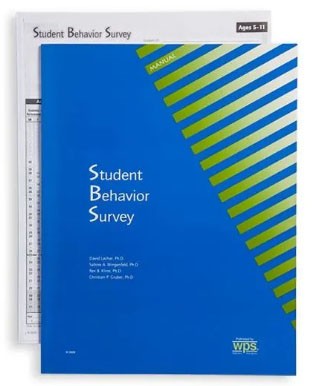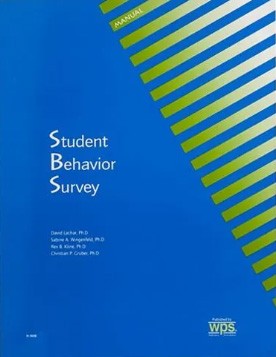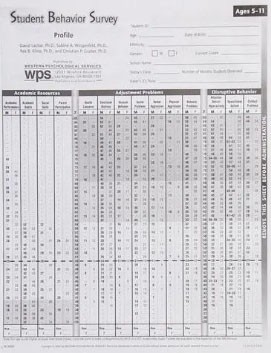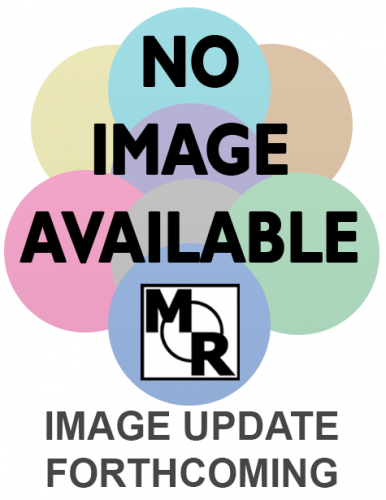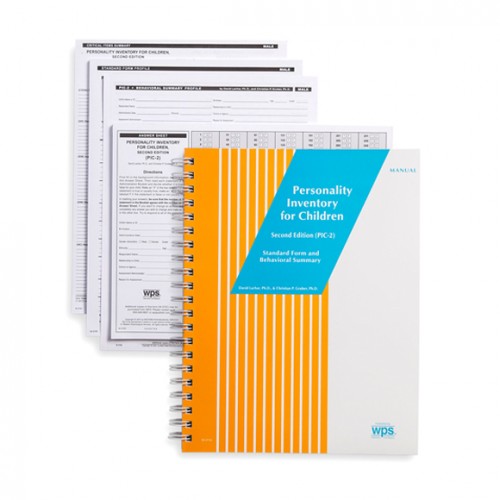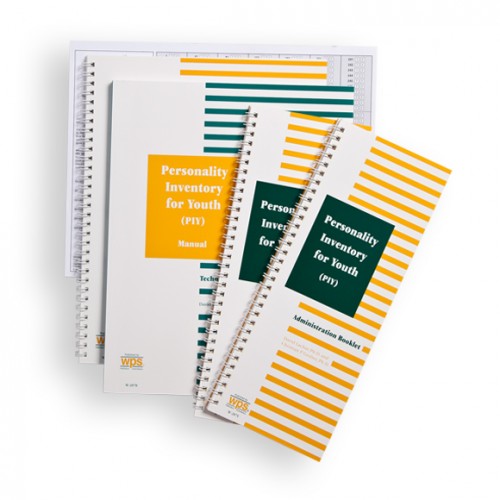Price $252.00
Contents
Teachers offer a unique perspective on children. While clinicians and parents can provide useful insights, teachers are in the best position to evaluate children’s functioning in relation to peers and within the school environment. And this perspective is essential in diagnosing disruptive behavior syndromes, student adjustment, and academic achievement.
The Student Behavior Survey (SBS), from the author of the Personality Inventory for Children, Second Edition (PIC-2) and the Personality Inventory for Youth (PIY), joins these other highly regarded instruments to give you a comprehensive evaluation of student adjustment from the teacher’s point of view.
Appropriate for evaluating students from kindergarten through grade 12 (5 through 18 years of age), the SBS assesses achievement, academic and social skills, parent cooperation, and emotional and behavioral adjustment.
Completed in just 15 minutes, the SBS asks the teacher to rate the child on 102 items covering the following scales:
Academic Resources
- Academic Performance
- Academic Habits
- Social Skills
- Parent Participation
Adjustment Problems
- Health Concerns
- Emotional Distress
- Unusual Behavior
- Social Problems
- Verbal Aggression
- Physical Aggression
- Behavior Problems
Disruptive Behavior
- Attention-Deficit/Hyperactivity
- Oppositional Defiant
- Conduct Problems
The SBS documents the presence and severity of specific classroom behaviors required to establish disruptive behavior diagnoses.
The SBS manual provides extensive interpretive guidance, including discussion of clinically relevant score elevations and associated behaviors. Case examples are also included, some using the SBS alone to measure student adjustment, and some using the SBS in conjunction with other instruments such as the PIC and PIY. These case examples illustrate the test’s value in educational, clinical, neuropsychological, and forensic applications.
In the course of test development, the SBS was used to rate more than 4,000 students. Over half of these ratings involved concurrent administration of other instruments—providing significant independent evidence supporting use of the SBS. Standardization was based on teacher ratings of more than 2,500 students (K–12, evenly distributed by grade and gender) from 22 school districts in 12 states spanning the U.S. This sample closely reflects census figures in regard to ethnicity and socioeconomic status. In addition, SBS ratings were collected on more than 1,300 students referred for behavioral or academic problems in special education, clinical, and juvenile justice settings.
The SBS provides a comprehensive description of the student, reflecting academic achievement, adjustment problems, and behavioral assets needed for classroom success. By offering an efficient way to quantify classroom observations, the SBS facilitates communication between school and clinician. In addition, it is an excellent way to measure behavior change over time.
“The Student Behavior Survey is the most comprehensive and reliable instrument I have found for gathering teacher opinions of student behavior . . .I especially like the SBS because it is written in a format and language that teachers understand and use. As a result, the SBS yields ratings that are consistent with the teachers’ casual descriptions, avoiding the under-reporting or the magnification of problems that plague other instruments.”
Fred Provenzano, PhD, NCSP
No additional information available for this item.

 Proud to be Canadian
Proud to be Canadian